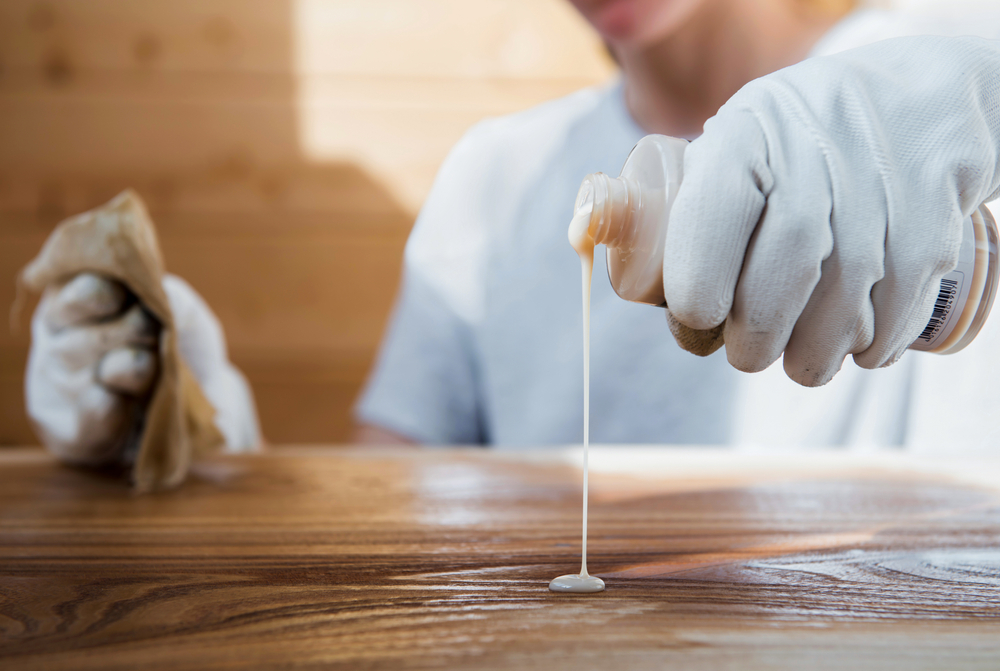Tung Oil vs Linseed Oil Which is best for your wood? Compare drying time, durability, and finish to pick the right one for your project. Get expert insights now!
Table of Contents
Tung Oil vs Linseed Oil: A Comprehensive Comparison

When it comes to finishing wood, tung oil and linseed oil often emerge as top options. Each has a unique set of properties and uses, making them suitable for different types of projects. Understanding the differences is crucial for woodworking enthusiasts and professionals alike.
Origins and Composition
Tung oil, also known as China wood oil, originates from the seeds of the tung tree native to China. Its use dates back centuries in Asia, particularly for waterproofing and protecting wooden ships and structures. Known for its hard finish and water resistance, tung oil is a drying oil that polymerizes upon exposure to air.
Linseed oil is derived from the seeds of the flax plant. It has a long history of use in painting and wood finishing. Raw linseed oil is non-drying, while boiled linseed oil includes drying agents for faster curing. Its simpler composition allows for wide use beyond woodworking, including as a binder in oil paints.
Application and Drying Time
Applying tung oil is relatively straightforward, though patience is required due to its slow drying time. Typically, it takes multiple coats to achieve a durable finish, with each coat needing up to 48 hours to dry properly. When applied, tung oil penetrates deeply into the wood, enhancing the natural grain and providing a warm, lustrous finish.
Linseed oil is generally easier and quicker to apply, especially in its boiled form. It requires fewer coats than tung oil, and each coat dries faster. However, raw linseed oil can take several days or even weeks to cure. Care is necessary to prevent sticky or tacky surfaces if not fully dried.
Durability and Maintenance
The durability of tung oil makes it a preferred choice for outdoor furniture and high-use items. Its water resistance is superior to that of linseed oil, providing better protection against moisture and spills. Maintenance is relatively low, as finished surfaces can recover from minor scratches by buffing and reapplying oil.
Linseed oil, particularly the raw form, offers less protection against moisture and stains. Outdoor furniture finished with linseed oil may require frequent reapplication to maintain protection. Regular maintenance, such as sanding and reapplying oil, is necessary to preserve the finish.
Appearance and Finish

Tung oil gives wood a rich, amber tone that enhances wood grain and patina. The finish is smooth, clear, and often preferred for its natural look. The gradual hardening over time offers a satiny to matte finish that can be buffed to a slight sheen if desired.
Linseed oil tends to darken the wood more than tung oil, imparting a visible amber hue. Depending on the number of coats, it can range from a matte to a semi-gloss finish. However, it might yellow over time, affecting lighter woods more noticeably. Proper ventilation and lighting during application help in achieving an even finish.
Safety and Environmental Considerations
Tung oil is non-toxic and considered environmentally friendly. It is safe for contact with food once fully cured, making it suitable for kitchenware and cutting boards. However, the risk of spontaneous combustion with oil-soaked rags necessitates proper disposal methods.
Linseed oil is also safe upon curing, but the drying agents in boiled linseed oil may pose health concerns if ingested or inhaled during application. Proper ventilation and protective gear are recommended. Linseed oil is biodegradable, but disposal safety is crucial to prevent combustion.
Availability and Cost
Tung oil can be more expensive than linseed oil due to its production process and imported status. It’s available in pure forms as well as blends and polymerized variants for quicker drying times. When purchasing, ensuring authenticity is key as some products might be labeled as tung oil but contain little to none.
Linseed oil is affordable and widely available. Boiled linseed oil is more popular among DIY users and professionals due to its faster drying time. For those interested in raw linseed oil, it might require specific ordering through specialty suppliers for pure and additive-free options.

For indoor furniture, where water resistance is less critical, linseed oil provides a warm finish with ease of application. However, careful selection is necessary for lighter woods to avoid unwanted yellowing. Reapplication and maintenance require minimal effort due to its ease of use.
Outdoor projects and items exposed to frequent handling or moisture benefit from tung oil’s superior protection. Its application might require more time due to the longer curing process, but the durability and water resistance make it worthwhile. Tung oil’s ability to enhance wood’s natural beauty while providing a strong protective layer is unmatched.
Woodworkers should consider these factors when choosing between tung oil and linseed oil. Balancing aesthetics, environmental considerations, and maintenance needs will help in selecting the perfect oil for any woodworking venture.



Subscribe for Updates
Get the latest articles delivered to your inbox.
We respect your privacy. Unsubscribe anytime.